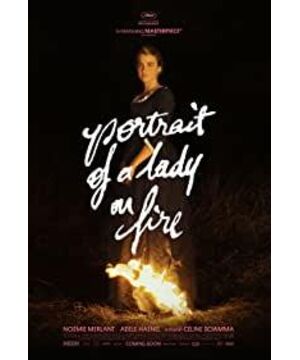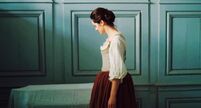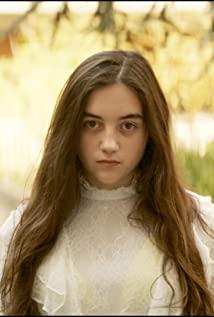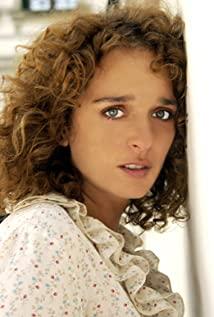Echoing the theme of the movie with fairy tales, it brings a mysterious beauty, and there is also a sense of fate that cannot be escaped. Sisyphus who pushed the stone, Icarus who fell, Orpheus who turned around...
I am a little curious. When creating, it is the turn of Orpheus or the story of two women first. It can be regarded as a story-writing technique.
The design of the whole film is very delicate, almost every scene can be analyzed separately, and the thoughts about love and fate are left with endless aftertastes.
The emotions between women are particularly delicate. There are many close-ups, and the tension of the performance can be maximized.
In this film, men are almost absent, but the pregnant maid, Milan's fiancé, and the painter's father are all traces of men. The burning portrait is love and resistance. I am more inclined to understand that it is not that they are not brave and do not resist, but choose to stay in each other's memory - this is also the focus of their quarrel, and it is derived from the general contradiction that exists in all love: the vassal is in the lover's expectations and The ability to make emotional choices.
The part of the bonfire party was amazing. The carols went from monotonous bass to high, and the vocals were layered. The gaze under the firelight was no longer restrained. Love was the burning skirt and the ashes after it was extinguished.
The crying in the last scene was performed very well, and it has a solemn power with classical music. The camera is slowly pushed from the perspective of the painter (the first part of the film is also the perspective of the painter), and it ends. In fact, it is not sad that love does not have an ending. The lover says "turn around", and you look back for one last look. The memory picture that leaves the most passionate emotions will also accompany you for a lifetime.
View more about Portrait of a Lady on Fire reviews











